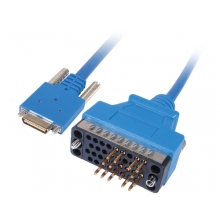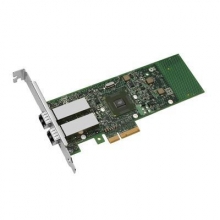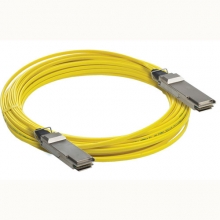- Optical Transceivers
- SFP+ Transceivers
- XENPAK Transceivers
- XFP Transceivers
- X2 Transceivers
- SFP Transceivers
- Compatible SFP
- 3Com SFP
- Alcatel-Lucent SFP
- Allied Telesis SFP
- Avaya SFP
- Brocade SFP
- Cisco SFP
- D-Link SFP
- Dell SFP
- Enterasys SFP
- Extreme SFP
- Force10 SFP
- Foundry SFP
- H3C SFP
- HP SFP
- Huawei SFP
- Intel SFP
- Juniper SFP
- Linksys SFP
- Marconi SFP
- McAfee SFP
- Netgear SFP
- Nortel SFP
- Planet SFP
- Q-logic SFP
- Redback SFP
- SMC SFP
- SUN SFP
- TRENDnet SFP
- ZYXEL SFP
- Other SFP
- FE SFP
- GE SFP
- OC3 SFP
- OC12 SFP
- OC48 SFP
- Copper SFP
- CWDM SFP
- DWDM SFP
- BIDI SFP
- Fiber Channel SFP
- Multi-Rate SFP
- SGMII SFP
- Compatible SFP
- GBIC Transceivers
- Passive Components
- Networking
- Cables
- Equipments
- Tools
- Special Offers


Fiber Optic Connector Cleaning Magic Show
Fiber optic connectors are absolutely different than any other electronic or electrical connectors. They have to become perfectly clean up to be able to work. Most men and women are not aware with this fact and could effortlessly overlook its importance. one more fact is the fact that fiber optic connections are harder to trouble shoot in the event of service outage. For this reason, Fiber Optic Adapter please study very carefully on ways to clean up a fiber optic connector as below.
Cleaning Method Choices
Fiber connector washing occasionally could get confusing given that as well many methods can be found and every solo vendor says they are the best. Now let's look at it 1 by one.
:: Compressed Gas
Compressed oxygen can be referred to as "canned air". It is applied to blow dust from fiber connector end face.
Advantages: The minimum high-priced and effective for large dry particles. Non-abrasive strategy which won't scratch the connector.
Disadvantages: Has little or no effect on particles below 3 microns in diameter. And proved to become ineffective when the contamination consists of oil, fingerprints, dried solvent residue, etc.
:: Lint-free wipe and solvent
This was the earliest created strategy for washing fiber connectors. The oldest 1 applied some sort of lens paper, cloth and occasionally solvent to clean. The most common solvent is IPA which tends to leave a residue as it dries gradually and dissolved/suspended stable are left behind.
Advantages: Cheap, operate properly if trained properly Optical adaptor . New types of solvents which leave nearly no residue are becoming more popular.
Disadvantages: Unreliable. Largely depends upon technician's skill.
To correctly clean up fiber connectors utilizing the wipe and solvent method, follow the procedure below:
Step 1 making use of a Kim Wipe and washing solvent, moisten the wipe by placing on best on the solvent and push lower 3 times, this can saturate the wipe.
Step 2 Once the wipe is saturated, place on a operate surface area having a next (dry) wipe.
Step 3 Wipe the connector, end confront lower on moist wipe (this will eliminate most on the large contaminates). Follow by repeating process on the dry wipe, having a bare minimum of 3 strokes every connector (more may perhaps be necessary)
Step 4 Once complete, insert connector right into a optical microscope to confirm connector cleanliness. If connector does not pass visual inspection, repeat process from [Step 2 - Step 4]
:: Swab and solvent
There are two types of popular swabs in the fiber optic industry: general purpose and unique built.
The general purpose swabs are cheap but quite unreliable. The unique built swabs are very much much better but this is even now a extremely iterative approach. To correctly clean up fiber connectors, receptacles, adapters, as properly as other fiber connection points utilizing the swab and solvent washing method, follow the procedure below:
Step 1 making use of a washing swab and washing solutioin, moisten the swab by placing it on best on the solvent dispenser, place your finger more than the swab tip and push lower 1 time, this can saturate the swab.
Step 2 Recessed connection points: Once saturated, insert the moistened swab into the receptacle, adapter, or other connection point and rotate the tip back again and forth 1/4 turn ten times while applying a variety of pressure.
Step 3 subjected connection points: Once saturated, rotate the tip ten revolutions close to the connector while applying a variety of pressure.
Step 4 Once complete, insert connector right into a optical microscope to confirm connector cleanliness. If connector does not pass visual inspection, repeat process from.



















































